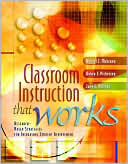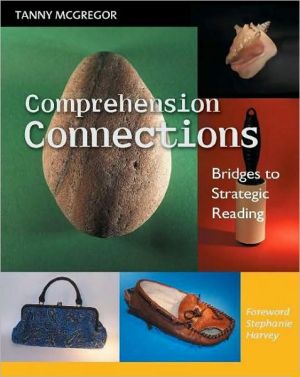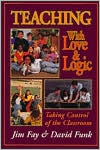Cumulative Social Inquiry: Transforming Novelty into Innovation
Search in google:
Many social researchers today put a premium on novel perspectives, original topics of study, and new approaches. The importance of incrementally advancing established lines of theorizing and research is often overlooked. Cumulative Social Inquiry offers researchers strategies for building meaningful connections among lines of research that would otherwise remain disparate, thus facilitating systematic theory building and the generation of policy-oriented empirical evidence. Robert B. Smith shows how to design theoretically informed studies that illuminate the social structures, processes, and mechanisms that produce observable outcomes. Numerous examples of classic and contemporary mixed-methods studies illustrate the ways in which qualitative and quantitative techniques can be mutually reinforcing and can contribute to solving research problems at multiple levels.
List of Tables and Figures xiiiIntroduction 1On Differentiation and Specialization 2Disjunctions between Social Theory and Quantitative Measurement 4Explication of Texts: A Useful Tool 6Components of Cumulative Social Inquiry 8The Chapters 11Cumulative Social Inquiry: Theoretical Paradigms, Social Research, and Empirically Based Theorizing 17Scientific Communities and Theoretical Paradigms 18Exemplars and Theories 38Conclusions 57Linking Quality and Quantity 60Diachronic Articulation: Quantitative First, Then Qualitative 61Synchronic Articulation 75Diachronic Articulation: Qualitative First, Then Quantitative 89Conclusions 111Building Quantitative Studies on the Qualitative 112Conceptual Frameworks 113Items for Indexes 115Vignettes and Factorial Surveys 125Analysis Plans 131Evidence-Based Policy 133Conclusions 141Qualitative and Quantitative Social Structural Theorizing 142A Logic and Vocabulary for StructuralTheorizing 143Qualitative Structural Inquiries 147Quantitative Structural Inquiries 160Conclusions 164Statistical Methods and Process Models 166Structural Statistical Methods 169Process Models 202Conclusions 209Transforming Novelty into Innovation 211A Theoretically Informed, Data-First Strategy: Cognitive Dissonance 214A Use-Inspired Strategy: Collective Action 216A Theory-First Division-of-Labor Strategy: Postindustrial Societies 217Theory-Driven Survey Research on Political Participation 222Conclusions 245Conclusion 247Notes 257References 271Author Index 313Subject Index 323About the Author 338








